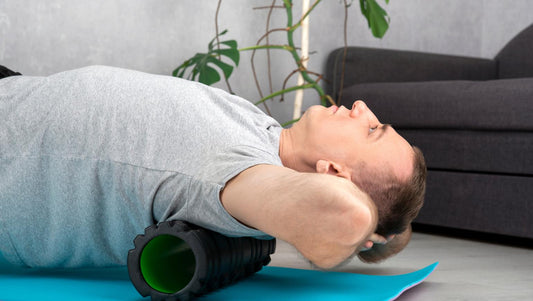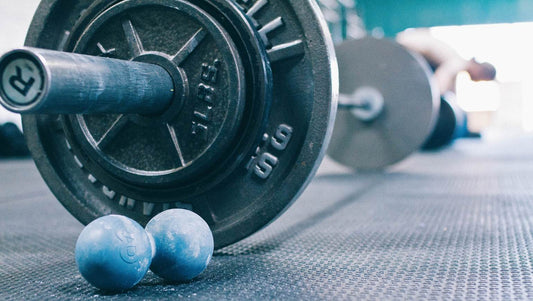The foot is one region of the body that is underappreciated when it comes to release work. Do yourself a favour and give those paws some TLC on a daily basis. Find convenient times in the day such as when you’re on the computer at your desk or at night when you’re winding down and watching your favourite Netflix show on the couch.
Top 3 reasons to release your feet every single day
1. Overuse and repetitive stress: Many people strive for at least 10,000 steps per day which is a lot of work. We wake up, cram our feet into shoes and navigate our way around with our feet repetitively pushing off of the hard ground. The feet and ankles are responsible for the reception of forces and research indicates that we absorb 100% of our body weight in single leg standing, 120% in walking, 200% in running and 500% in jumping. That is a huge demand! Imagine if you shrugged your shoulders up and down 10,000 times, your upper traps and neck would be absolutely rocked. We often don’t feel that our feet are tight, rigid and beat up because we are so used to the stimulus that our brain doesn’t elicit the pain response unless it is absolutely necessary.
2. Ascending dysfunction: Many joint impairments in the foot present as biomechanical dysfunctions further up the body in sites such as the calves, knees, hips and back. In the words of Diane Lee, ‘it’s the victims who cry out, not the criminals’ which means we often experience pain in a region that is adapting as opposed to initiating the problem. For example, a painful knee or hip may simply be due to compensation for a locked joint in the foot that is not allowing a certain movement, which leads to excessive movement further up the line. Many people have longstanding anatomical presentations or injuries such as high or fallen arches, rolled ankles, broken toes, compactions, plantar fasciitis or bunions that may not be symptomatic but it’s likely only a matter of time before they create chaos at some point. Think of the feet as the first domino to fall in many instances of injury.
3. They play an important role. The feet are a relatively small part of the body with an incredibly large and diverse array of structures. In one foot we have 26 bones, 20 physiological joints and thousands of sensory receptors used for readjustment of posture and balance. The sole of the foot is one third of our balance mechanism along with the eyes and inner ear. When bones are not free to move when we stand or walk there can be dire consequences. The better the quality of your foot movement, the better the quality of your entire body’s movement. The muscles, ligaments, tendons and fascia in our feet will thank you if you use the Rad Rounds on a daily basis.
To determine where you should spend most of your time have a friend check out your gait while you walk with your shoes off and assess your ability to perform these 3 simple steps:
1. Heel strike
2. Foot-fall
3. Toe-off
1. If there is no heel strike - you are avoiding putting weight on the heel, which is often a subtalar lesion. Overloading the front of the foot and may have pain there.
Solution = try pressing down into the ligaments on top of the foot to normalize movement of the talus.
2. If there is a problem during foot-fall when the foot becomes flat, there is likely an issue in the cuboid-navicular couple or the cuneiforms.
Solution = try releasing the bottom of your foot in the middle region of the foot.
3. If there is no toe-off you are avoiding pushing from the anterior arch and big toe. There is likely metatarsal or cuneiform rigidity, hallux valgus (bunion).
Solution = try releasing the front of your foot near the toes and reclaiming extension and internal rotation of the big toe.




















